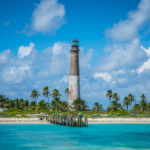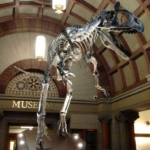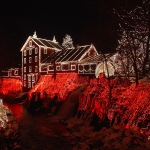A Guide to Navigational Terms like Aft, Port, Starboard, and Forward
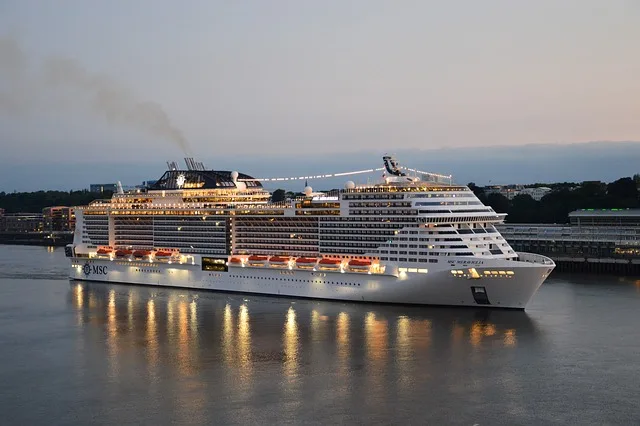
No matter how much experience one has with sea travel, it is common for anyone to feel overwhelmed when visiting a new cruise ship. Modern ships and cruisers can vary significantly in appearance, making it challenging to navigate from one side to the other. Additionally, the use of unfamiliar nautical terminology in the maritime industry can add to the confusion.
Understanding essential words like port and starboard, forward, aft, stern, and bow, is the first step to knowing your way around a cruise ship. This also comes in handy in the case of an emergency, when it is vital to get to an assigned lifeboat or muster station as quickly as possible.
Read our article below for a comprehensive guide to all the essential terms used on a modern-day vessel, as well as some tips and tricks to help you remember them!
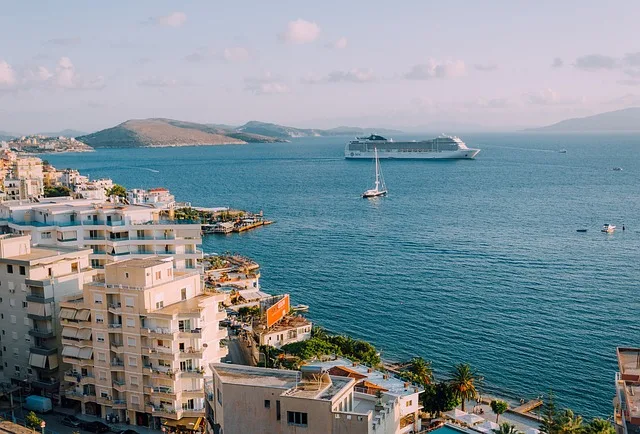
Stern / Bow
Two of the most important terms to know are bow and stern. These are both physical parts of the cruise ship and will help you understand the rest.
A cruise ship’s bow is located at the very front of the vessel. It comes to a point, is most often made of steel, and functions as a way to make the ship more streamlined and reduce drag. In other words, it helps the ship gain speed at sea.
On the rearmost part of a vessel, you will find the stern.
A great trick to remember the difference between bow and stern is to remember that taking a bow means leaning forward – just like a ship’s bow is located at the front end of the vessel.
Bulbous Bow – What is it?
While it may sound similar, a bulbous bow is not the same as a ship’s bow. Located just below the waterline at the front of most modern ships, the bulbous bow is a bulging protuberance that helps cleave through the water while sailing.
It serves as a helper for the bow.

Aft / Forward
Forward and aft are terms that refer to a direction on the vessel.
For example, while on a cruise vacation, you may hear someone saying that the stern is located aft on a ship. The aft refers to the rear end of the boat.
Similarly, the front of a boat is called forward, where you’ll find the bow.
An excellent tip for remembering which position these terms refer to is to remember that aft sounds like after. In other words, the back end of the ship (aft) comes after the front end of the ship (forward).
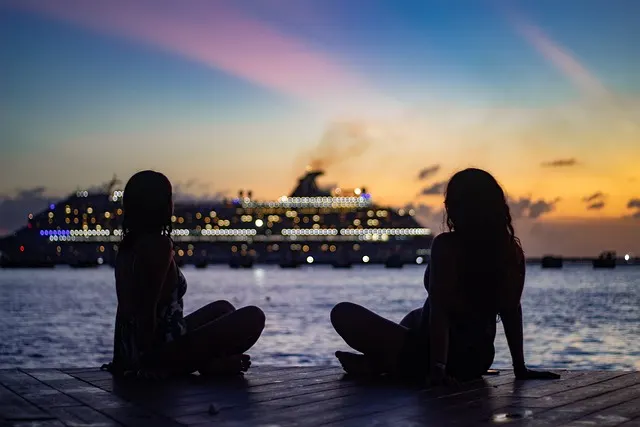
Starboard / Port
If you’re an experienced cruise ship vacationer, you may well have noticed signs using the term port or starboard to indicate the position or location of staterooms.
Much like forward and aft, the terms port, and starboard are used to indicate direction on a ship, but they indicate the two sides of the ship. They are used in fixed relation to the bow of the vessel and serve as alternatives to the left-hand side and right-hand side.
When a person is facing forward (towards the front of the ship where the bow is located), the starboard side of a ship is its right side. The opposite port side of the ship is its left side.
An easy way to remember which is which, is to count the letters in the words. Both the words “left” and “port” have four letters, and they mean the same thing, while starboard refers to the right side.
Another great way to remember the difference is to look at the lights on the ship at nighttime. Green lights are always used on the starboard side of a ship, while the port side uses red lights. These lights also aid in preventing collisions in the dark and form part of international regulations for ships.
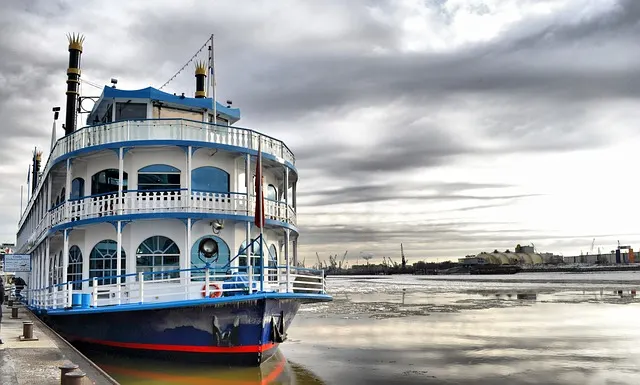
Decks / Hull
It can be confusing for first-time cruisers to know where they’re supposed to be headed for dinner when all they know is that it will be served on the upper deck of the boat. Much like hotels or apartment buildings, big cruise vessels and boats are made up of different layers or floors.
Not to be confused with a dock, the deck of a ship is a layer covering its hull. Most ships have several decks, and the topmost (or upper) deck serves as a strengthening structure and roof over the hull.
The watertight body of boats or ships is called the hull. It is the very outer layer of a vessel, made of thick metal panels. They are most often used on vessels that carry heavier loads, like cruises.
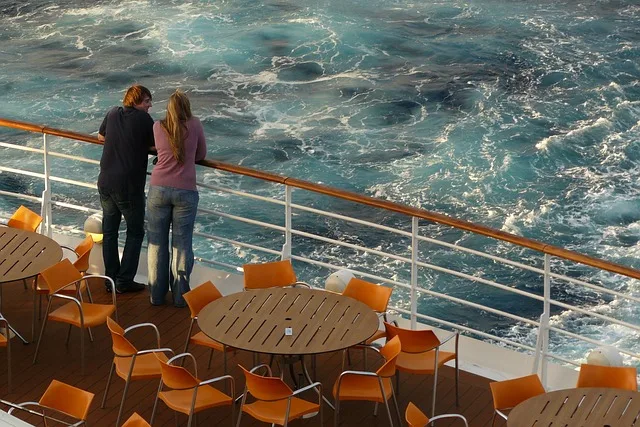
Bridge
Think of a ship’s bridge as the modern-day, high-tech version of a boat’s steering oar. The bridge can also be referred to as the command deck or wheelhouse.
It is a dedicated area from which the captain steers and navigates the seas. It can also be manned by a capable officer and lookout over the course of a voyage.


